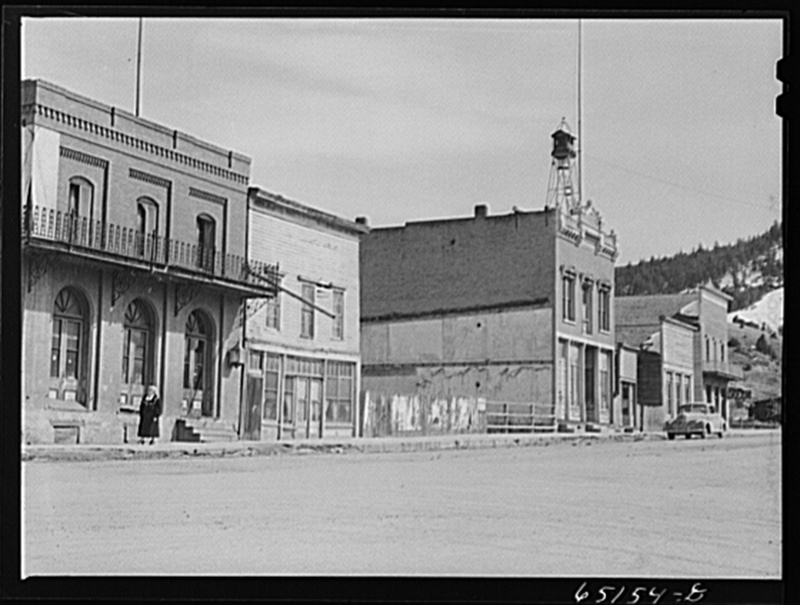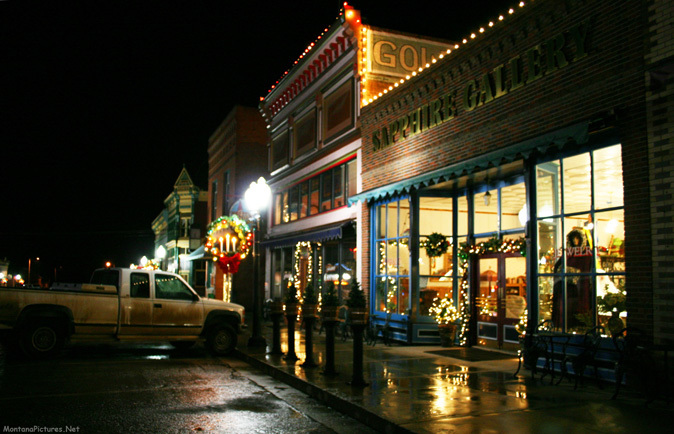Philipsburg Historic District

Washington DC 20540 Creator: unidentified Date: [no date]
Philipsburg’s early-day fortunes ebbed and flowed with mining. Today, its historic district is one of Montana’s best preserved late-nineteenth-century mining towns, with commercial, public, and private buildings dating from the boom period of silver mining. Silver was discovered south of here in 1864, and only three years later Philipsburg (at an elevation of 5,270 feet) was growing at the “rate of one house per day,” an area newspaper reported. That same year, the St. Louis and Montana Company sent Philip Deideshimer (for whom the town was named) to Philipsburg to help develop and manage its mines and stamp mills. Only two years later, the nearby Hope Mill shut down and Philipsburg was largely deserted. A revival of mining activities from the mid-1880s to mid-1890s led to Philipsburg’s greatest growth, when tens of millions of dollars worth of silver bullion, ore, and slag were shipped to out-of-state markets. The wooden, false-front buildings on Broadway were replaced with masonry structures. When silver mining was curtailed in 1893, recently discovered sapphire deposits helped stabilize the local economy. That year also saw the creation of Granite County, with Philipsburg as county seat. During World War I, Philipsburg was the largest supplier of domestic manganese, which led to another boom for the area. After that boom, Philipsburg has slipped into a stable existence based on agriculture, government, logging, limited mining, and tourism.
Images

Washington DC 20540 Creator: unidentified Date: [no date]

Washington, DC Creator: unidentified Date: [no date]
